This entry is part of the Deep Objekt and Intelligence-Love-Revolution research programs, developed and led by Sepideh Majidi, with contributions from scholars such as David Roden, Francesca Ferrando, Sami Khatib, Keith Tilford, Maure Coise, Amanda Beech, Isabel Millar, Mattin,Thomas Moynihan and more. Partner Platforms: Foreign Objekt, Posthuman Art Network, Deep Objekt, The Space Gallery, UFO..
Deep Objekt [0]: miro
Propositions, Data Structures, and Procedures
Phase One: Image Critique is an activation of the conceptual framework titled We Are Dust, Grown Beneath the Sea. It is developed to contemplate and speculate on the vessels of life, politics of flesh, and intersections of degraded techno-natural-social matters with a planetary non-alignment due to capitalist forces and exclusionary strategies implemented by collective structures in the field of arts and culture.
Link to collective miro board: https://miro.com/app/board/uXjVNwAztjE=/?share_link_id=646652286356
more information about the proposal: https://www.foreignobjekt.com/post/thasil-suhara-backer
"It is argued that an adequate characterization of "what we know" requires that we posit abstract mental structures to which we do not have conscious access and which are essentially conceptual and propositional, rather than sensory or pictorial perceived. Such representations are more accurately referred to as symbolic descriptions than as images in the usual sense."
" image is an entity to be re-purpose."
Destructing words to re-purpose into nonsensical or miss-read or a model of a system that lacks information beyond what is stored before and after its inception. A bad machine imitating a machine system that is capable of super computational tasks, a supercomputer highly vulnerable to computing emotions, a rapid graphic processor that is not sensible enough to not destroy and not to intervene with the ordinarily extraordinary citizens of the world, a threat that is more perseverent in the equation of computable.
During the experiment, the images and words underwent a variety of activations, encoding, decoding, recording, retrieval, and reorganization. perceptions and structures from digital to analog and vice versa.
*The results of the exploration from this phase are showcased on the lawn of my house.
"Picture Metaphor: The whole vocabulary of imagery uses a language appropriate for describing pictures and the process of perceiving pictures."
"is an entire image available at once?
Do parts of it come and go?"
a delusional bridge. like a hair thick.
a mirage misread as a paradise to come.
*in this time-lapse seven minutes of video of an image were revealed slowly to a viewer in a black background. The image is been rendered previously through an AI image model. The formation of the image is quite intriguing, as it reveals the image, a false suspension, delusion, the wait, its precision and patience in the movement.
It is interesting for me to correlate this image formation as a sort of highly manipulative pseudo-forensic evidence to speculate the procedural and other physical infrastructural requirements to "see" an image both in a mental image and of other sorts.
"The image has lost all its picture-like qualities and has become a data structure...."
"Thus the representation corresponding to the image is more like a description than a picture, there is nothing in the representation corresponding to the notion of appearances..."
"The whole vocabulary of imagery uses a language appropriate for describing pictures and the process of perceiving pictures..."
*Two videos of two different species of birds documented in a zoo in Thrissur, India. later through a prompt generated several of the bird images or birds. exhibited the photograph of the bird I had seen in the zoo, and the data set suggested images of birds exhibited together. the it weaved a ground to a virtual parallel.
Period 2024-2034
What if the Big Bang was an expulsion of a spontaneous thought of miscommunication?
Have you ever felt that?
The paradox of owning something that cannot be claimed
We are not just a thing, you know!
We are everything
We are dust grown beneath the sea
Yet unable to claim what we inherently owned in ourselves.
Within ourselves that we can't quite describe.
*a portion of text from the epic Thewas Rubaiyat by Omar Khayyam was first generated into a digital image and converted to an analog form. the same text prompt engraved in the objects. Rubaiyat is one of the most translated literary works in Malayalam after the Song of Solomon. the Reflections on life, love, and the human condition. in Khayyam's work resonates across cultures and time.
there was a lot of hesitation in the beginning not to create any AI-based images, in fact from the very time those tools became widely popular in the last couple of years it didn't make any sense at all. So for the sake of the experiment, Rubaiyat was an entry point, it gave me a sense of purpose to retrieve images from this data set. it is still absurd for me to retrieve images from data sets. but I think of images of a popular destination photographed by thousands of people mostly from the same sets of angles. The same images are created repeatedly and replicated in an incalculable time. I also started having a certain empathic feel towards these tools since definitely, these emotions are beyond their given capacities. it also feels like our attitude to shame these models as equals when we call someone stupid. the limitations of a low-quality image resolution are creating a nausea perspective of class and creed.
" it should be stressed that the existence of the experience of images cannot be questioned. imagery is a pervasive form of experience and is clearly of utmost importance to humans. We cannot speak of consciousness without, at the same time, implicating the existence of images."
it is worth mentioning that even in the highly critical essay regarding the mental image, we humans still tend to emphasize the idea of the brain as a primal component.
regarding the nature of life and consciousness. It underscores the tension between scientific reductionism, which often focuses on the brain as the locus of cognition and consciousness and a more holistic view that considers the entire body and even external factors in shaping our experiences and perceptions. life is not solely contained within the brain; it encompasses the entire body and extends beyond it into the environment and social interactions.
Modern neuron science may have its war machine to prove it so. but disregarding the flesh in cognitive procedural analysis seems Westernization of the idea of life. life could be anything. no one no what life looks like in a state of body. Preferably we all agree if life departs it goes. It's sort of soft violence to consider the end of life as an electric fuse. reducing life to a mere electric fuse speaks to the dehumanizing aspects of such reductionism. Life is rich and multifaceted and manifests in emotions, sensations, and experiences that cannot be fully captured by purely mechanistic explanations. Considering life as a holistic phenomenon is an excruciating factor since we are very worried about the war with humanoid robots. The brain is only part of the flesh. in the womb, the body is like a satellite of the body it carries. In a sense life is outside(r) experience. we are all from outside.
" the nightmare picture of robots pursuing human beings in a forest of mechanical tubes will come true only to the extent that other human beings will have regulated the robot's automatic system. what is to be feared -- if only slightly -- is that in a thousand years' time Homo sapiens, having exhausted the possibilities of self-exteriorization, will come to feel encumbered by the archaic osteomuscular apparatus inherited from the paleolithic."


Growing up in the only communist-governed state in India, my childhood was steeped in Marxism, a belief system infused with blind optimism amidst socio-economic and moral constraints. Ignorance often fueled our passionate adherence to these ideals, inherited through generations.
Depicting Marx with a shell - offers a satirical yet humanizing portrayal.
"What if Marx had a supercomputer?" Reza's exclamatory question punctuated our sessions, persistently provoking thought. Each time, I found myself slipping into a contemplative state, the intensity of his inquiry tugging at my consciousness.
Yet, amidst the weight of such ponderings, I also wanted a playful divergence from the seriousness of our discussions. making Marx a billboard content or sort. Injecting a dose of harmless nostalgia.
"...exterior to the human there would be another, wholly artificial human acting with unlimited rapid, precision, and force: a long way from the moment when everything -- tool, gesture, strength, and thought would be transposed to a perfect twin image of the social ideal. The gradual establishment of a social organism wherein the individual increasingly plays the role of a specialized cell makes it more and more clear how inadequate the human being is -- the flesh-and-bone human, a living fossil, immutable on the historical scale,..... "
"our constant search for more powerful and more precise implements has inevitably led to the biological paradox of the robot, a creature that, has its counterpart, not in the spiritual image of the angel or the physical one of a perfect human body, but in the image of the perfectly made machine, the anthropoid's mechanical twin-- Tarzzan, the astronaut, and the robot gravitating like a constellation around the human of flesh and blood."


" Everything humans make -- tools, gestures, and products alike-- is impregnated by group aesthetics and has an ethnic personality..."

"individuals introduce their variations into the traditional framework and, safe in the knowledge of belonging to the group, draw some of their sense of existing as individuals from the margin of freedom allowed them."
"the hand already formed in the monkey stops changing (except for purposes of neuromotor adaptation) from the moment it begins to hold a tool. The decisive evolution of primitive anthropoids lies in the neuromotor equipment of the manual and facial cortex. From the osteomuscular point of view, nothing more takes place except adaptation accompanied by minor variations. The main thrust of evolution is massively oriented toward tools."
"The gestures of hammering, cutting, and piercing, which remain the stock-in-trade of hand manufacturing to this day, are quickly acquired. Evolution therefore became focused entirely on materials and forms of motion."
A dead bird's insurrection in oblivion like the revolution never happened...
" The sequence of mechanical gestures is prescribed by a transformable memory. The physical health of the machine is checked by organs that regulate the speed, temperature, and humidity of each organ. The texture and form of the substance being processed are examined by ponderal, tactile, thermosensitive, or photosensitive organs that transmit their findings to automatic regulating centers, and the machine can orient, correct, or suspend its actions in response to messages it receives from its "sensory" organs. A biologist will find it hard to resist comparing the mechanisms of animals whose evolution is already completed with these organisms which, in the last analysis, constitute a parallel living world."
It's fascinating how contemporary discourses and cultural practices are increasingly embracing maritime imagination. Reza's intervention shed light on the paradigms of the desert, prompting me to recognize and think of a geography where deserts meet the sea, I hadn't a realization of such locations until very recently. This realization marks a significant shift for me, reminiscent of the awe I felt when first witnessing mountains meet the sea.
Within two kilometers of my home lies a natural spectacle that unfolds daily during high tide: the convergence of river and sea. These junctures have long been integral to our civilization, shaping our perceptions of ourselves and the distant places and people we may never encounter. Indeed, the allure of the unknown often leads us to envision such places as realms where miracles occur.
For me, the true miracle lies in the optimism that pervades our outlook on the world and ourselves. Which is a high task for an unequal world order. Contemplating these desert events has been a deeply reflective experience.



"Picture-like entities are not stored in memory, they can be constructed during the processing and then discarded."
"Image has lost all its picture-like qualities and has become a data structure. The representation corresponding to the "image" is more like a description than a picture. There is nothing in the representation corresponding to the notion of "appearance"
Courtesy:
1. A critique of mental imagery, Zenon Pylyshyn, Rutgers, The State University of New Jersey.
2. Gesture and Program, Andre Leroi-Gourhan
3. Is thinking Spontaneous? Stanley Rosen
4. The Draw of the Desert, Raza Negarestani







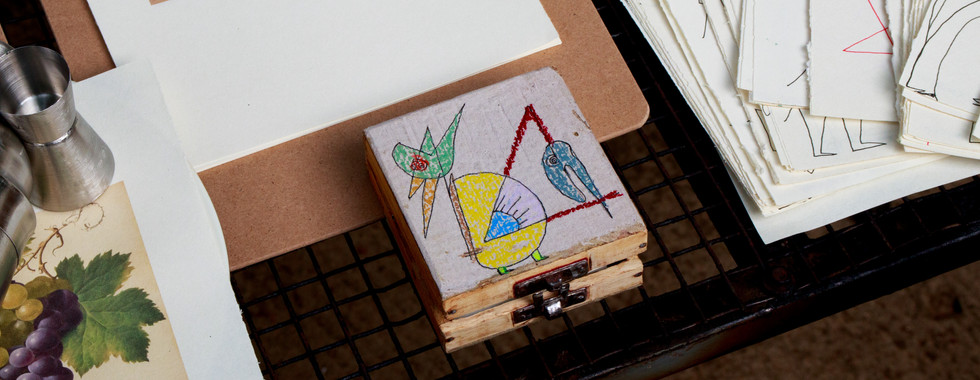

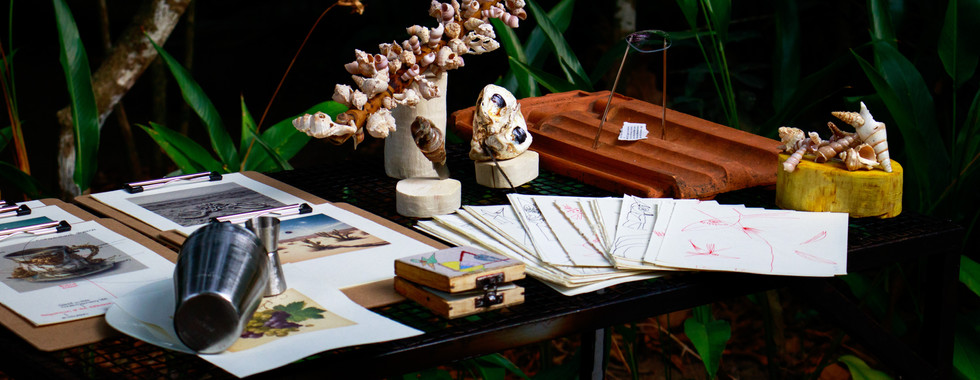






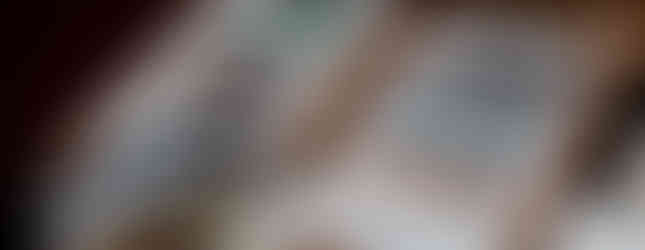





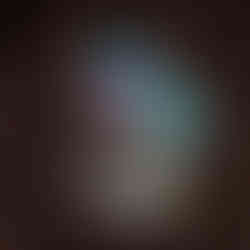



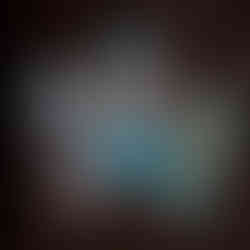





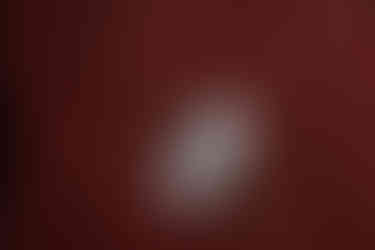

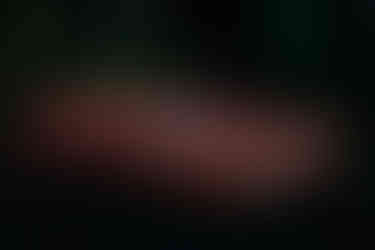








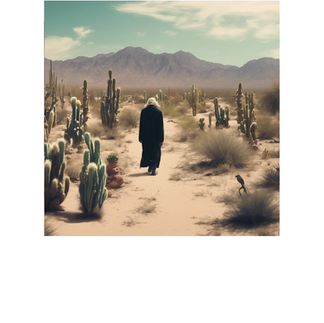






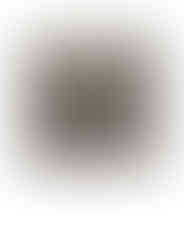







Comments